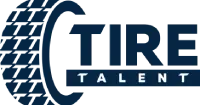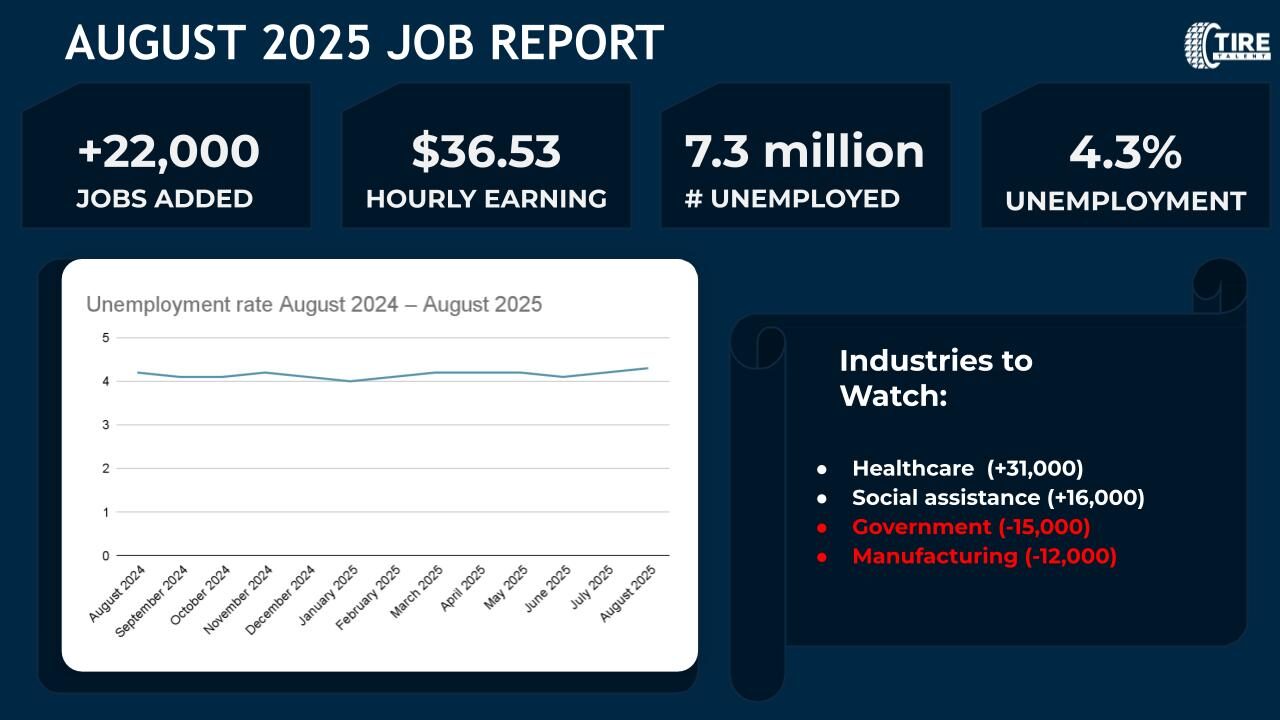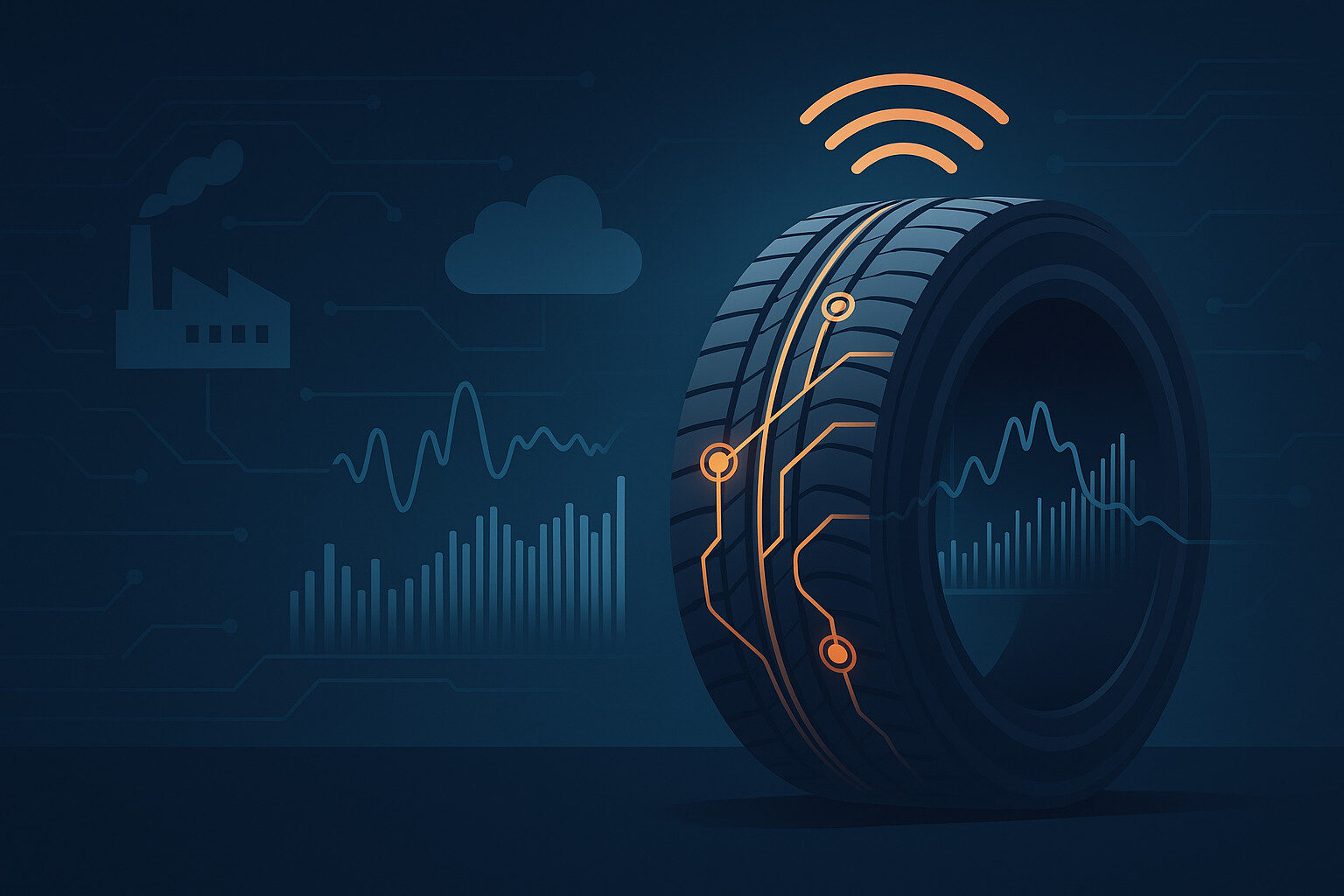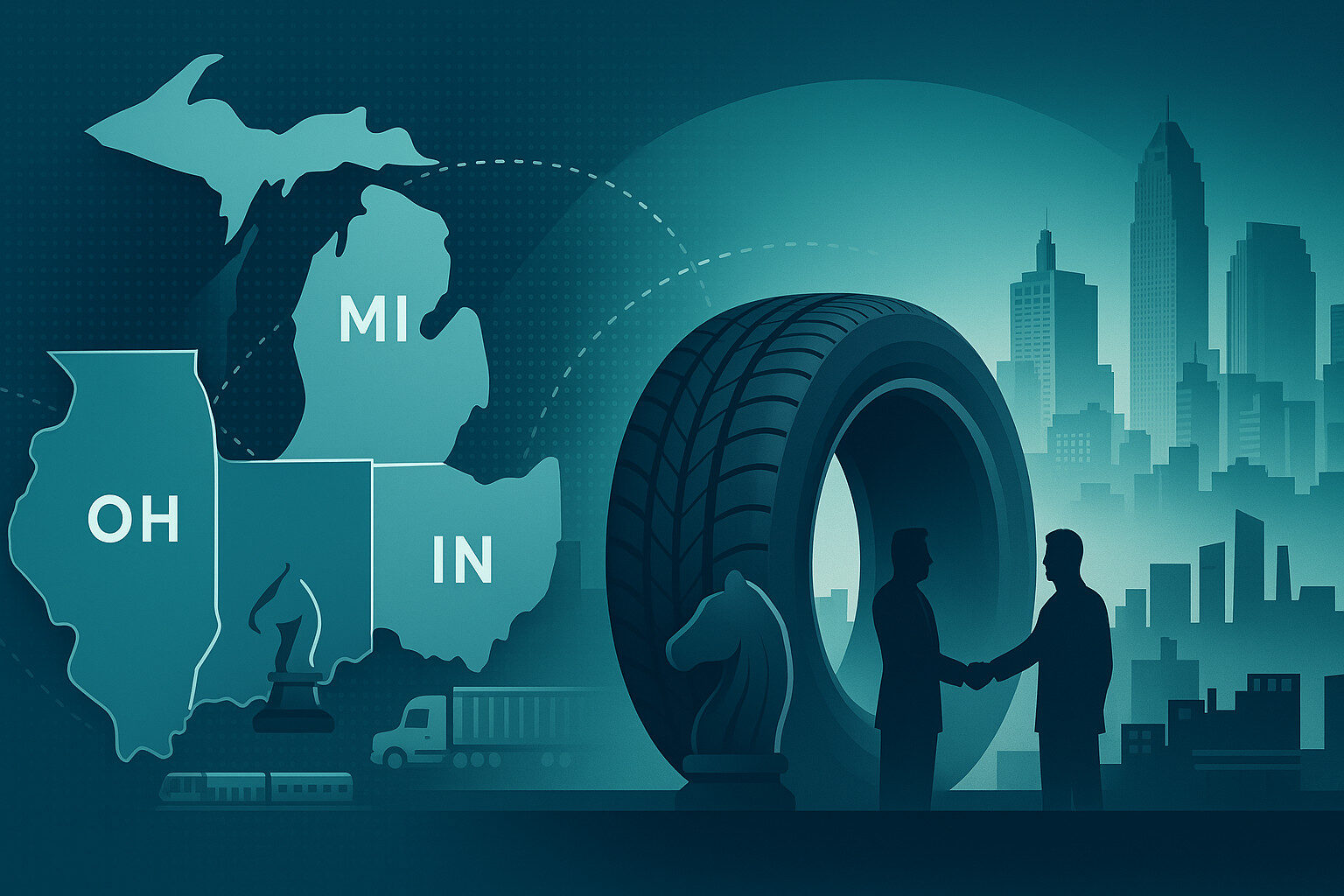In 2025, the global tire market outlook continues to reshape how U.S. companies hire and compensate talent. As demand fluctuates, raw material costs evolve, and technology (especially EV and sustainability) drives product and process innovation, hiring leaders and HR teams must adapt. This article breaks down the major market trends, what they mean for employment and pay in the U.S., and how you can position your organization to attract, retain, and fairly compensate top talent all without wasting your time.
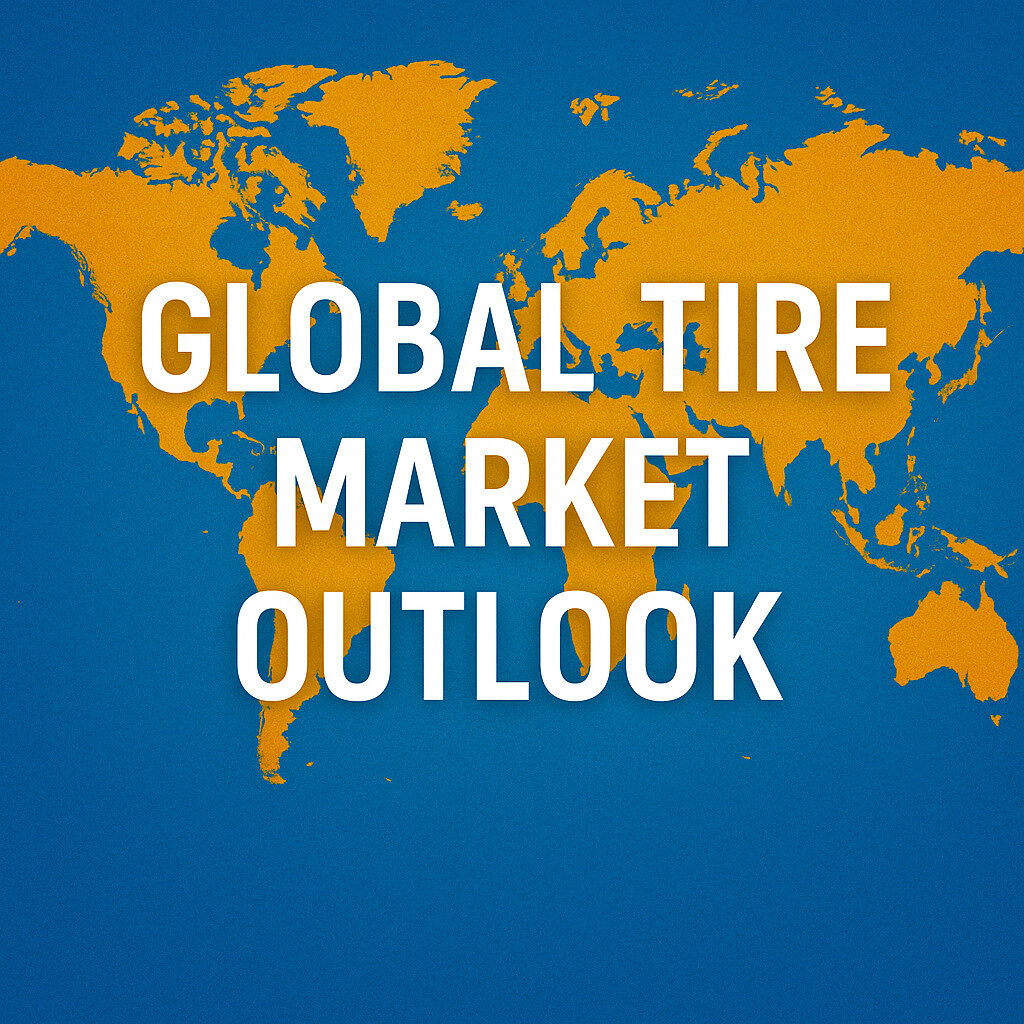
1. The Global Tire Market: Key Trends & Growth Projections
To understand hiring and compensation in the U.S., we first need to look at the bigger global picture.
- According to Techsci Research, the global tire market was valued at around USD 279.80 billion in 2024, and it’s projected to reach USD 447.08 billion by 2030, growing at a CAGR of ~8.2%.
- The automotive tire market (which includes passenger, light trucks, commercial, and specialty segments) is expanding steadily. Mordor Intelligence estimates the automotive tire market at USD 184.20 billion in 2025, expected to rise to ~USD 216.76 billion by 2030, implies a CAGR of ~3.3%.
- Rising demand is being driven by several factors: electrification of vehicles (EV-specific tire demands), sustainability pressures (eco-friendly, recyclable materials, reducing rolling resistance), replacement/aftermarket demand, and regulatory changes in emissions/noise/tread standards.
These global forces have cascading effects for U.S.-based operations: from sourcing of materials, supply chain disruptions, pricing pressures, to needing staff with new skills (EV, sustainability, data analytics, advanced manufacturing).
2. U.S. Tire Manufacturing & Economic Footprint
Here’s what the U.S sector looks like, based on recent data. Understanding this helps frame the pressure points in hiring and compensation.
- The U.S. tire manufacturing industry supports ~77,862 direct manufacturing jobs, with $6.8 billion in wages for those roles.
- Beyond direct manufacturing, about 510,000 additional jobs are supported in supplier and induced (indirect) activities, and those generate roughly $33.3 billion in related wages.
- Total economic output and footprint: The U.S. tire manufacturing sector has an annual economic impact of USD $170.6 billion through manufacturing, distribution, and retail.
- Employment trends show some declines or flattening in certain segments. For example, recent Tire Talent reports show the U.S. tire manufacturing employment saw a −5.5% year-over-year change in some metrics (depending on which function/segment is measured).
3. How Global Trends Translate to U.S. Hiring Demands
Given the global & U.S. metrics, here’s how hiring is being affected. If your organization hires or plans to, these are the signals to watch.
Trend | What Hiring Is Seeing | Skills & Roles in Demand |
Electrification & EV Tire Requirements | Increased R&D, special design considerations (low rolling resistance, foam inserts, noise reduction) → more demand for engineers, material scientists, test & quality engineers. | Tire design engineers, material engineers, test labs, regulatory compliance specialists. |
Supply Chain Volatility & Raw Material Cost Pressure | Companies hedging risk, dual sourcing, bringing more capability in-house → hiring in procurement, supply chain risk management, logistics. | Supply chain analysts, commodity sourcing specialists, operations analysts. |
Sustainability / Environmental Regulation | Focus on eco-friendly compounds, recycling, circularity, emissions and chemical compliance → more compliance roles, environmental engineers, process engineers. | Environmental compliance, sustainability officers, lifecycle assessment, regulatory affairs. |
Aftermarket / Replacement Demand | Steady demand for replacement tires suggests stable roles in sales, distribution, retail, and service. | Sales managers, logistics/distribution roles, customer service. |
Advanced Manufacturing & Automation | Automation, robotics, AI/ML quality control demand fast-paced skilled workforce; digitalization of production; process improvement. | Robotics/automation technicians, data analysts, maintenance engineers, predictive maintenance roles. |
4. Impact on Compensation in the U.S.
Given the higher demand for specialized skills and the pressures coming from global trends, compensation is being pushed upward in many areas. Here are the data-backed points and what hiring managers need to consider.
- In tire manufacturing specifically, average annual salary for full-time employees is around USD $70,598. That’s notably above many standard manufacturing wages.
- Variations by role are large. For example: design/R&D roles, engineering, materials science, and regulatory compliance tend to command premiums over production roles. (As always, location, company size, and seniority also matter.)
- Inflation, cost-of-living increases, and benefits (healthcare, retirement, etc.) are increasingly part of compensation packages; salaries alone are often insufficient to attract talent, especially in technical roles.
Geographic variances: U.S. states with higher costs of living or with clusters of tire/Rubber & related manufacturing see wage premiums. Also, shortages in talent in certain regions can drive up wages.
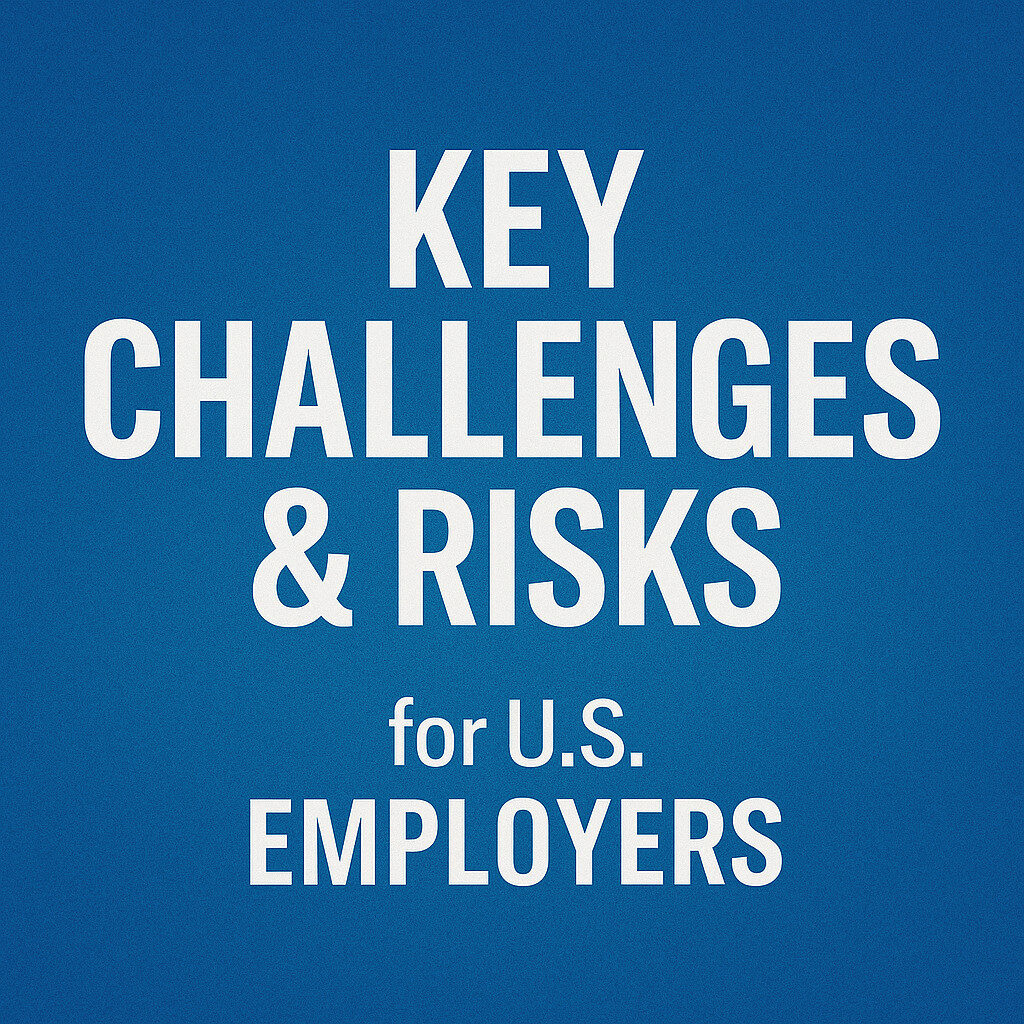
5. Key Challenges & Risks for U.S. Employers
While the market opportunities are strong, several risks complicate hiring and compensation planning.
- Talent Shortage: Specialized skills for EV tire design or sustainable materials are not widespread. Universities/trainings are improving, but there’s a lag.
- Volatile Raw Material Prices: Rubber, synthetic rubbers, chemicals, carbon black – pricing fluctuations translate into pressure on margins, which can affect what companies are willing or able to pay.
- Regulatory Risk & Compliance Costs: Emissions, sustainability standards, safety & chemical regulation vary by region; compliance adds overhead.
- Technology Disruption: Rapid adoption of automation and smart manufacturing means that roles are shifting. Employers who fail to upskill current workforce may fall behind.
- Economic Uncertainty: Global events (trade tariffs, supply chain disruptions, raw material shortages, geopolitical risk) all may slow down growth or force companies to tighten belts temporarily.
6. Strategic Recommendations: What U.S. Employers Should Do
To respond effectively to this outlook in hiring and compensation, here are actionable steps.
- Benchmark Salaries Internally and Externally
Use up-to-date, industry-specific salary surveys (like those from Tire Talent) to ensure your compensation is competitive. - Invest in Skills & Training
Upskill or cross‐train existing employees in sustainability, EV tire design, automation, quality systems. Consider partnerships with technical schools. - Flexible Compensation Packages
Since salary is only one component, make benefits, work environment, growth opportunity, bonuses, and flexibility part of the package. - Regional Compensation Strategy
Tailor compensation by geography; consider cost-of-living, talent availability, competition. Be ready to pay premiums in high-competition or high-cost areas. - Efficient Hiring Processes
Reduce time-to-hire, improve recruiter or internal hiring processes, ensure good employer branding. Candidates for specialized roles have many options—poor experience can cost you top talent. - Plan for Sustainability & Regulatory Futures
Anticipate regulation changes (e.g. emissions, waste, recycling) so you can hire ahead of demand. Having compliance or sustainability officers early may give competitive advantage. - Monitor Market Signals Closely
Track raw material cost trends, EV adoption rates, trade policy changes, and replacement tire demand. These flashpoints often presage shifts in hiring demand.
7. Data Snapshot: Key Metrics & Benchmarks
To make this concrete, here are some of the latest data points relevant to hiring and pay in the tire industry. These help you judge where you stand.
Metric | Value / Change | Implication for Hiring / Compensation |
Global tire market size (2024) | ~$279.8B (TechSci Research) | Big market → growth and room for specialized roles. |
U.S. economic footprint | ~US$170.6B in industry + retail / distribution & retail employment combined (ustires.org) | Substantial economic base: many jobs & downstream effects. |
Average salary in U.S. tire manufacturing | ~$70,598 for full-time employees (Data USA) | Use this as baseline when benchmarking roles. |
YoY employment change in key U.S. segments | −5.5% in certain segments per recent survey data (tiretalent.com) | Signals caution: not all areas are growing; some may be contracting. |
CAGR projected (global) | ~8.2% (2025-2030) (TechSci Research) | Strong long-term growth expected; roles tied to innovation will be especially in demand. |
8. What It Means for Compensation Strategy
With this background, here are specific compensation strategy shifts many successful U.S. companies in this sector are making or should consider making:
- Skill-based pay adjustments: Paying more for roles with specialized knowledge (e.g. EV-tire design, sustainability / regulatory experience, IoT/automation) rather than just paying by tenure or role titles.
- Short-term incentives & bonuses tied to performance, sustainability, or efficiency gains: As raw materials costs and margins fluctuate, rewarding contributions to margin improvement, waste reduction, or process efficiency is more common.
- Retention premiums: For high-risk roles or those in high competition, companies are offering retention bonuses, or enhanced benefits (transportation, housing, or relocation) especially in tight labor markets.
- Transparent compensation frameworks: Employees increasingly expect clarity on how pay is set, progression pathways, and how they can influence their compensation through skills or performance.
9. Future Forecasts & What to Watch
To stay ahead, keep your eyes on:
- Regulatory shifts: Emissions, environmental standards (EU, U.S., etc.), possibly trade tariffs affecting raw materials.
- EV penetration: As EVs become a larger share of new vehicle sales, tire design and performance demands (e.g. noise, rolling resistance, durability) will shift.
- Material innovations: Biobased, recyclable, or lower-carbon alternatives; smart tires; alternative tread compounds.
- Supply chain resiliency: Sourcing, logistics, near-shoring, dual-site supply strategies.
- Labor force dynamics: Retirement of older technical workforce, training pipelines, apprenticeships, skills mismatches.
10. Conclusion & Call to Action
The global tire market outlook presents both strong growth opportunities and meaningful challenges for U.S. employers. With accelerating trends in EVs, sustainability, advanced manufacturing, and supply chain risk, the demand for specialized, skilled talent is higher than ever—and so is the pressure on compensation packages to keep up.
What you should do now:
- Benchmark your compensation vs current industry data (e.g. Tire Talent’s 2025 Compensation Report).
- Map out the skills your business will need in the next 3-5 years and assess internal gaps.
- Review your hiring, onboarding, and retention strategies to see where you can be more agile.
- Consider offering differentiated compensation: skill-based pay, retention incentives, benefits that matter.
Communicate clearly with candidates & employees about how compensation works in your company; transparency can help you win in competitive labor markets.
